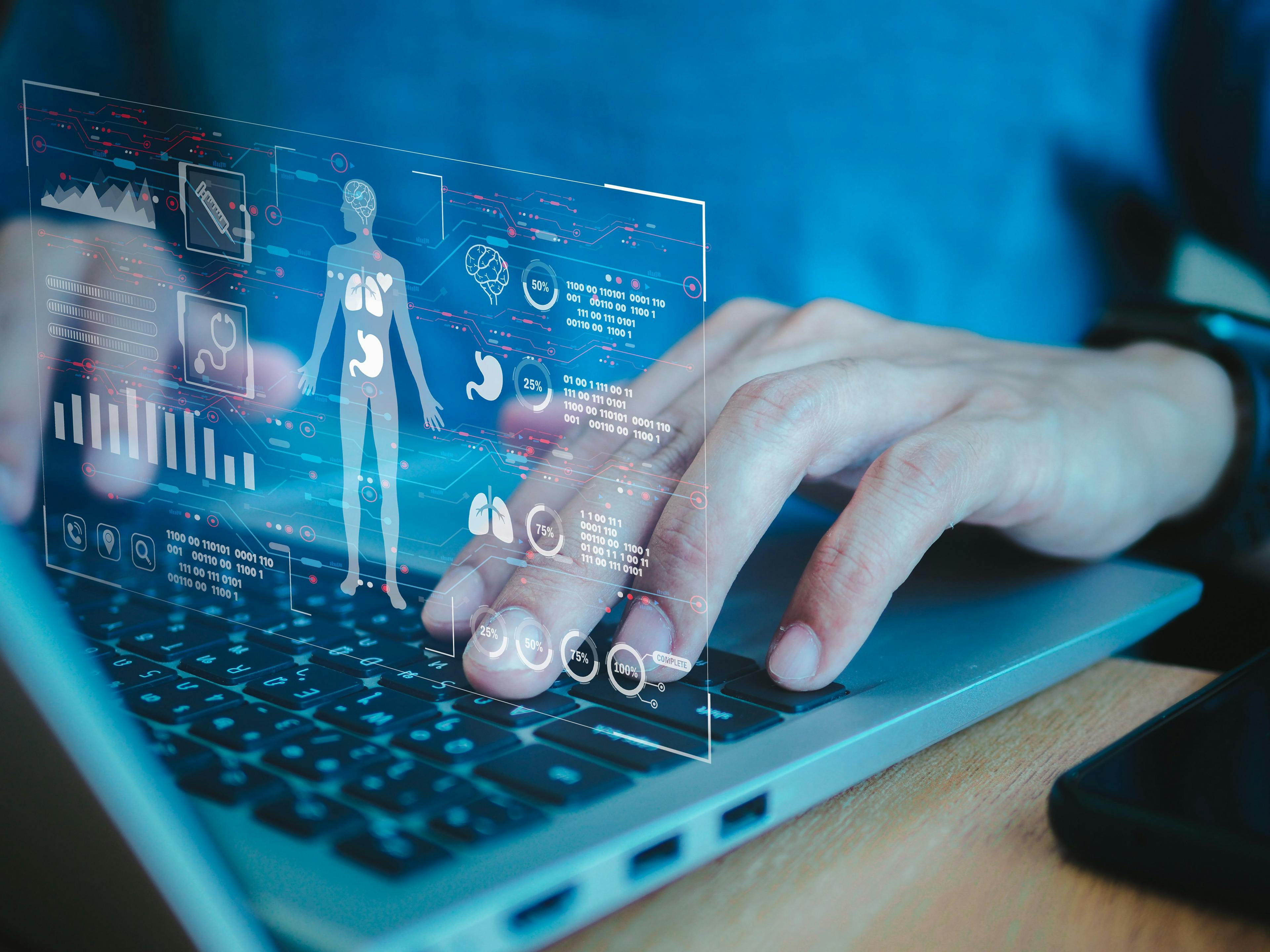Pharmacy Times interviewed Karline Peal, MBA, associate operating officer, Vanderbilt Ingram Cancer Center, Vanderbilt University Medical Center, who discusses the role of technological advancements within health care, which was the focus of her presentation at the ACCC National Oncology Conference. She emphasizes that technology can improve patient engagement and accessibility while reducing demands on clinicians, ensuring accurate documentation, and minimizing tedious tasks. Peal discusses the integration of technology in the cancer center, and notes that technology has the ability to create job opportunities, not erase them.
Pharmacy Times: How can technological advancements in robotics, chatbots, and AI-assisted clinical decision support tools help address challenges around staffing shortages?
arline Peal: So, when we think about staffing shortages today, it looks very different than the pandemic levels: we’ve seen a staffing shortage during the pandemic and continued onward, and I think many sectors are still struggling. I think in many ways, it’s a good thing and a bad thing. Opportunities opened up for many people that prior existence did not have, the option to work remote or in different companies, and so, it’s really opened a variety of options up your employees to pick and choose the fields they want to go into. So, it’s definitely a more competitive landscape out there, and to that point, we have to adjust. We have to adjust how we manage our staff, we have to adjust how we recruit, and then how we implement technology and how we assist the technology that helps the employees that we have today to not only assess the work, but attract employees and retain them. I think that the workforce looks very different as it is coming in, the next generation grew up on technology and grew up on devices, so they’re used to having things quick, and making their work fast and efficient. When we think about what work is going to look like 5 to 10 years for this population, I think it looks different than it did 5 to 10 years ago, and so, we have to keep up. They want to provide excellent care, quality of care, and have that engagement with our patients, and so, removing mundane or repetitive tasks is key and it’s important and vital to continue to sustain the competitive marketplace that we need to move forward.
Key Takeaways
- Utilizing Technological Advancements During Staffing Shortages: Technological advancements help address staffing shortages in health care by making operations more efficient and lessening the burden of repetitive tasks. These technologies help attract and retain employees in a competitive job market while enhancing productivity in the workplace.
- Improvements in Clinician and Patient Experience: Technological advancements have the power to improve the clinician experience by providing tools to improve diagnostic and patient care. Clinician burnout is reduced because technology helps them manage service demands and access resources while streamlining documentation processes and maintaining quality care.
- Integrating Technology into the Office: With these technological advancements, Peal notes that the cancer center has been able to integrate online scheduling, record retrieval, and data sharing into the practice, which increases patient satisfaction. Although there is concern that technology can replace job opportunities, it is more likely to create new roles within health care.
Peal: When I think about the clinician technology, it’s vital. It’s important as we share images in the future, what that looks like, providing them with the tools that they need to provide the care, we know that they have increasing demands on providing services and accessing care and resources for them as well, and so, technology is very important to the clinician, not only from a diagnostic perspective, but in helping clinicians, especially in communities where they might not have all the resources available to them. [Technology can] aid and support to improve clinicians’ workload and to reduce burnout, [which] is vital to retaining clinicians in many facilities.

[Technology can] aid and support to improve clinicians' workload and to reduce burnout, [which] is vital to retaining clinicians in many facilities. Image Credit: © woravut - stock.adobe.com
Also, flagging potential errors or inconsistencies on patients’ medical records and assisting the provider to improve upon it. There’s an increasing demand on quality and accreditations and that requirement trickles down into the everyday work. So, how do we help the clinician maintain that interaction in that time? We need them with the patients face-to-face and reducing the burden of documentation and potential errors in billing, you want to make sure we have proper coding and compliance, but there’s a lot of documentation that goes along with that. So, developing pathways and protocols for quality and safety mechanisms to reducing human errors is vital. Alerts, flags, reminders, smart phrases all help with consistent documentation and enforcing. And again, reducing the burden of administrative and repetitive tasks so that they can provide the care that our patients are seeking from them, and also, our clinicians want to get to know our patients as well, they want to spend the time with a patient, not in front of an EMR, where unfortunately, with all of the increasing workloads, it’s where [the clinician] has to be sometimes.


